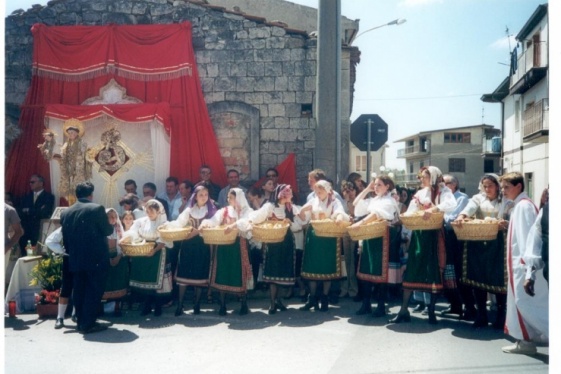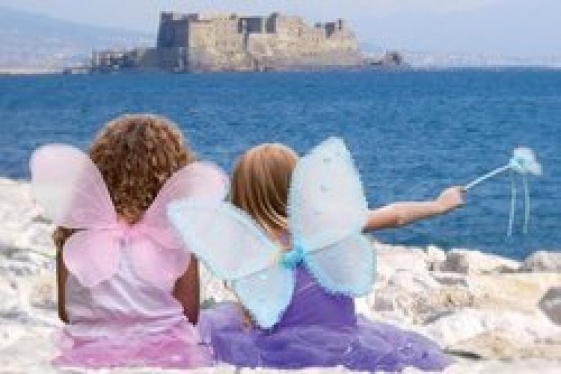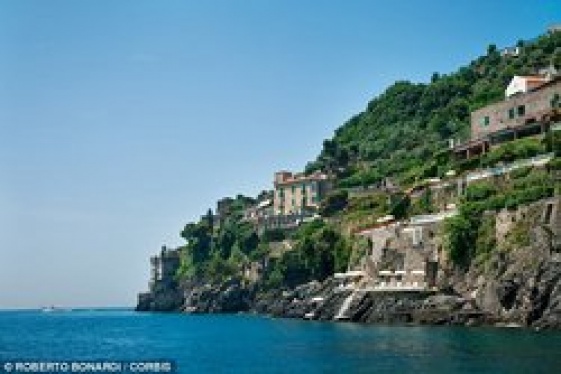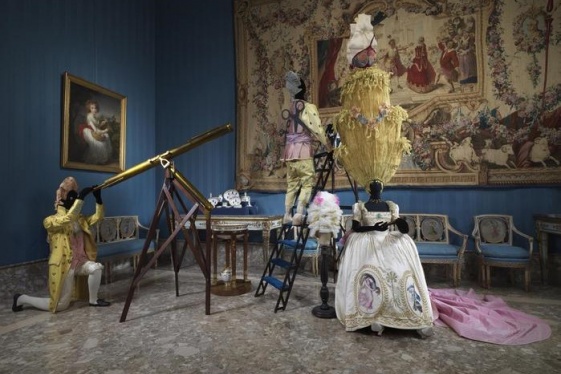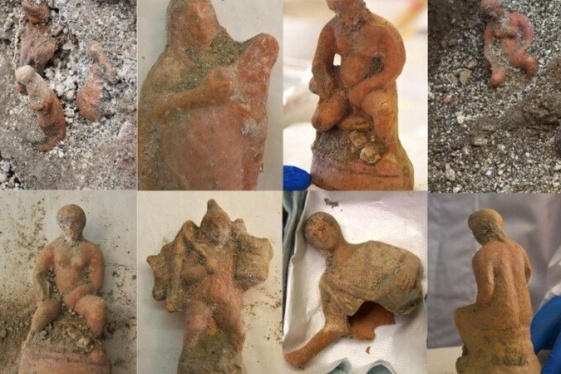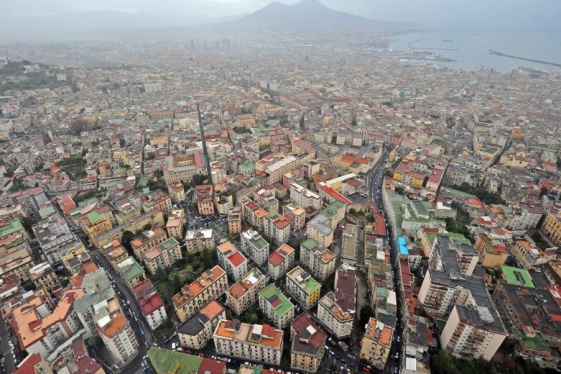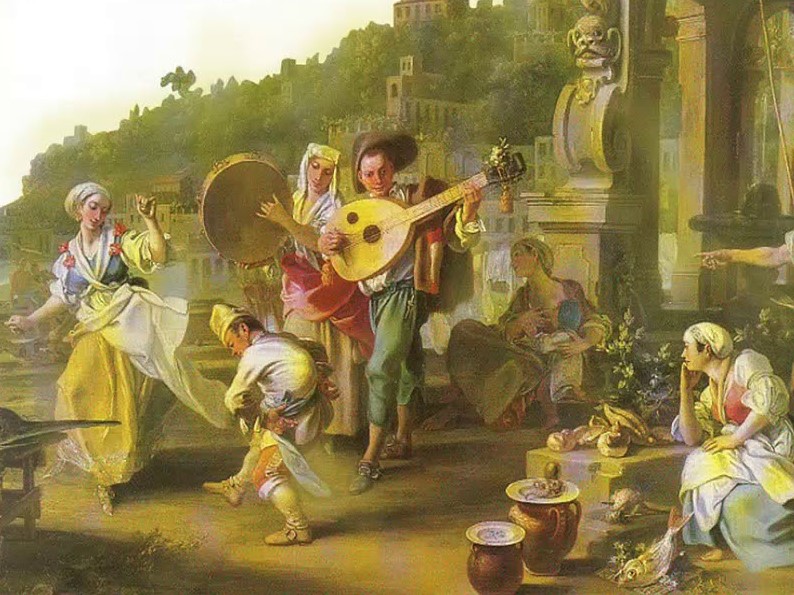

Have you ever wondered if there is a proper way to interpret the Neapolitan song genre? If we did an interview, everyone would have a different idea because there isn't an answer.
As Pino Daniele's song said: - "Napul'è mille culure" (Napoli is a thousand colors) and therefore, this will also be the way of interpreting its heritage of songs, brought around the world at least in as many different forms as the diversity of tellers, recipients, and historical eras.
Indeed, the Neapolitan song is not a ‘one-way’ folk route, as is, for example, the “tammorra” genre, which can only be interpreted in a specific style (otherwise, it is no longer “tammorra”). On the other hand, the Neapolitan song enjoys full literary dignity, as its authors so often claimed, especially in the 19th century; it’s a witness of particular and universal humanity simultaneously. This is why this tradition is never a fixed heritage but always allows freedom of imagination to reinvent and reinvent itself.
Let's take a journey into the diversity of souls that become the voice of the same works, "classic" songs that the uniqueness of the performers makes fresh deep inside every time, just like the blood of Saint Gennaro that has been melting for centuries and is always, new, alive - transmitting, in legend, this vitality to the Neapolitan people and to the ideas that flourish from its artists.
Era de maggio (Di Giacomo-Costa). A romance passes through the fire of a heartbreaking distance forced by who knows what event, in the memory of the May of its blossoming- then crowned by the joy of embracing each other again in May of a year later.
In the larynx of a tenor, this becomes an old-fashioned love story; perhaps we could see the man with a bow tie, jacket, and shiny leather shoes. A daguerreotype atmosphere accentuated even more in the arrangement with the massive use of strings. Here, Giuseppe Di Stefano.
Among the intentions of a singer very close to the pop style and traditional arabesque vocalizations, we witness a romance between two young people from the 80s, perhaps the boy on a scooter and the girl on a bicycle. The arrangement, which includes classical guitar and sound synthesis, introduces us to this somewhat “plastic” atmosphere. Here, Maria Nazionale.
'A rumba d' ‘e scugnizze (Viviani). We go down the alleys of Naples to experience first-hand the life of the street urchins, the “scugnizzi”. With their pranks, tricks to get by, small businesses, simple beggarly joy, and dramatic life experiences.
In the version of a group very faithful to philology, the song is an oleograph of what its reality really should have been. You can hear the voices from a distance; the timbres are diverse and loud enough to render the air of the streets, the popular instruments with their visceral sounds. Here, is the “Nuova compagnia di canto popolare” (New Popular Song Company).
When it becomes an almost “musical theatre” performance, the song follows the motifs of the dance. Tap dancing from America brings its intensely rhythmic element and enhances this aspect of the Neapolitan song. So, with a heel and a toe, you can hear the plethora of street urchins advancing. Here, Massimo Ranieri.
Reginella (Bovio-Lama). The bittersweet regret of a lost love, him still loving her and her perhaps making the wrong choice, but now it's too late. Mates that divert innocence, and a “cardillo” (goldfinch) is a pledge of a love that no longer sings.
Sergio Bruni, historic interpreter of the Neapolitan song, takes us to experience this nostalgia for past love with our feet planted in nineteenth-century alleys, with mandolin and guitar. This voice speaks and tells more than singing. Here, the singer.
Jazz reconstructs the story with irregular, new, and refined rhythms. Yet, the spontaneity in the naturalness of the interpreter does not disappear. Here, Massimo Ranieri.
Tammurriata nera (E. A.Mario - Nicolardi). How the irony of “Neapolitanism” theatricalizes a scandal: a black child born from who knows what encounter between a Neapolitan woman and a soldier at the time of the war.
With typically street vocalizations and visceral movements, Lina Sastri's creativity tells the story as if we were sitting on chairs in a circle, down in the alleys where these stories happened, in the typical narrow, low houses called "vasci". Here, the singer.
From the Roman stornello to the Neapolitan song, Gabriella Ferri chooses the style of the "auctioneer", telling the story from the point of view of the "pazziariello", the character who went around Naples to ban advertisements and news. Here, the singer.
‘E spingole francese (Di Giacomo-De Leva). Cunning in courtship is the background to pleasantness, the one of him who, with the excuse of selling pins to adorn ladies, takes the opportunity to slip into their beloved's house and steal lots of kisses from her.
Roberto Murolo's guitar and the demeanor of the interpretation become the spokesperson for an overall mild and moderate courtship. Here, the singer.
The “carnivalesque” creativity of Renato Carosone and his ensemble makes the story almost scenic. By expressing the text with actorly intentions, all the bravado and spontaneity of the painting stand out. Here is the band.
Serenata napoletana (Di Giacomo-Costa). A romance ends. But he knows that the new one is not as sincere as the lost one because the other boy, in reality, only pretends to love and betrays Caterina- deep down, she knows it but doesn't want to admit it to herself.
Where the singer's approach prevails over acting, Consiglia Licciardi proposes a “still” serenade, stuck in one place, perhaps under the window, with the mandolin and the guitars that can be heard from the street and the melody that wants to tear tears from the listener. Here, Mrs. Licciardi.
Where the actress prevails over the singer, here comes Lina Sastri. So the serenade becomes the embodiment of the scene: the voice takes on the accents of speech, and singing is an instrument that underlies the live flow of the scene through the voice. Here, the singer.
As we have seen, the Neapolitan song does not travel one way, and the mandolin is only one of the instruments that have interpreted it over time. Still, many other genres, even hip-hop and rock, have reached and renewed it (think, for example, of Pino Daniele). The world is a creation in the creativity of languages.
Thus, Naples does not have just one spirit ("pizza and mandolin" or "macaroni and guitar") but a thousand faces that share, as far as the beautiful ones, the warm love as a distinctive feature of the city. Therefore, be careful of the stereotype that foreigners hold when they visit it, looking only for things that correspond to their idea of the city and not giving space to the creativity that lives in it, allowing themselves to be amazed by the diversity of its manifestations.
You may be interested
-
'A Ziarella va in America: tournèe in Arizona...
‘A Ziarella va in America. Non è un titolo da film, ma una piacevole realtà. Il...
-
'Iitalian american songbook', il progetto del...
"ITALIAN AMERICAN SONGBOOK", questo il titolo del progetto che ultimamente il pianista d'o...
-
'Lost Child' Wraps Up Ferrante's Neapolitan S...
by Maureen Corrigan If you don't know Elena Ferrante — and judging by conversat...
-
'My dad went to Amalfi...and all I got was a...
by Hunter Davis 'You went to one of the best hotels in the world, in one of the s...
-
'Napoli Napoli' exhibit lets visitors dip int...
The harmony and the refined nature of the ceramics of the Capodimonte Museum alongside San...
-
'Nativity-like scene statues' are unearthed i...
Archaeologists have unearthed 'Nativity-like scene statues' in the ancient ruins of the Ro...
-
'One dead, 10 missing' after torrential rain...
A woman was found dead and around 10 people were still missing on the southern Italian hol...
-
'Paradise inhabited by devils': How Naples ca...
Overlooking sparkling sea and overshadowed by Mount Vesuvius, the Italian city of Naples i...



